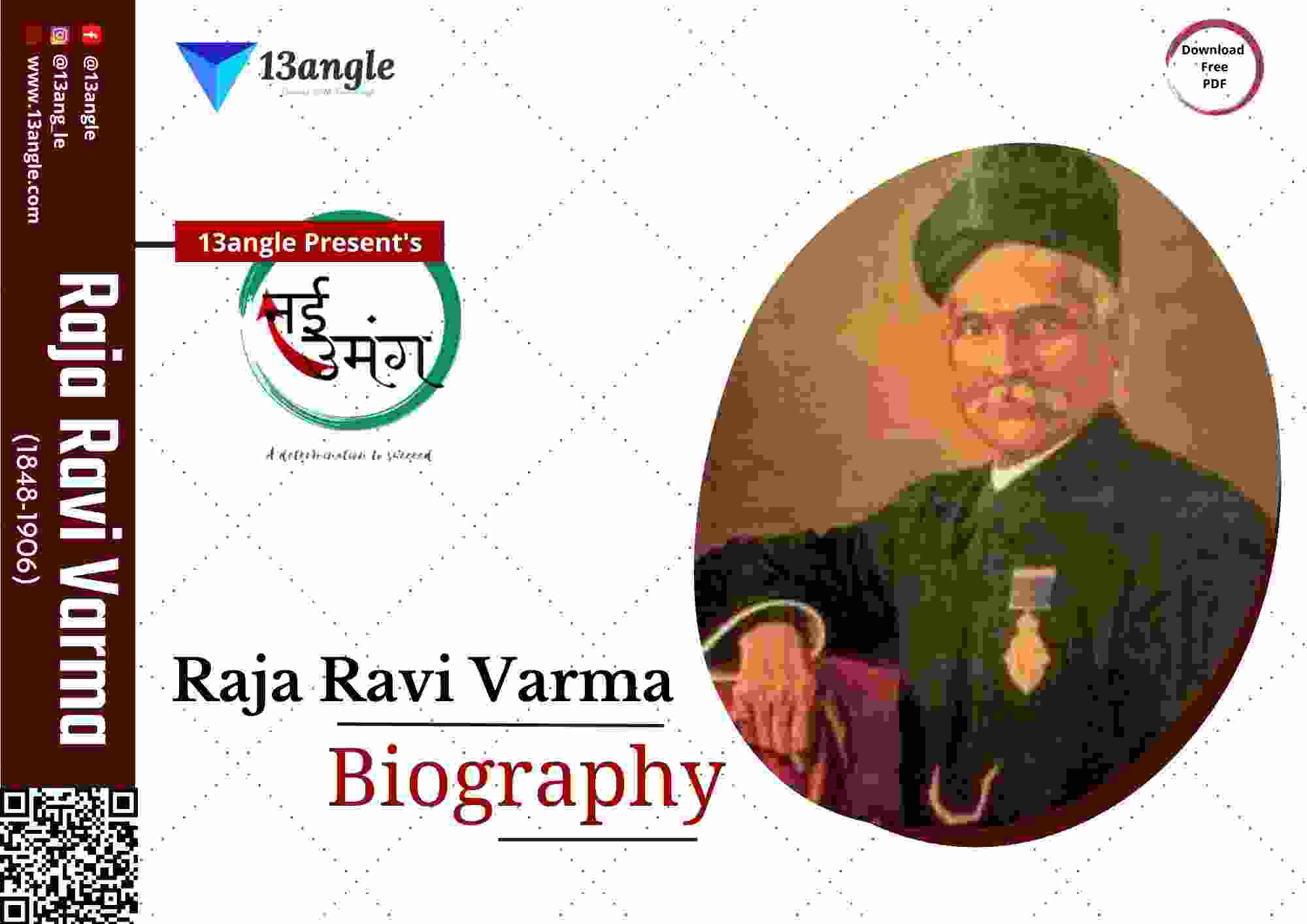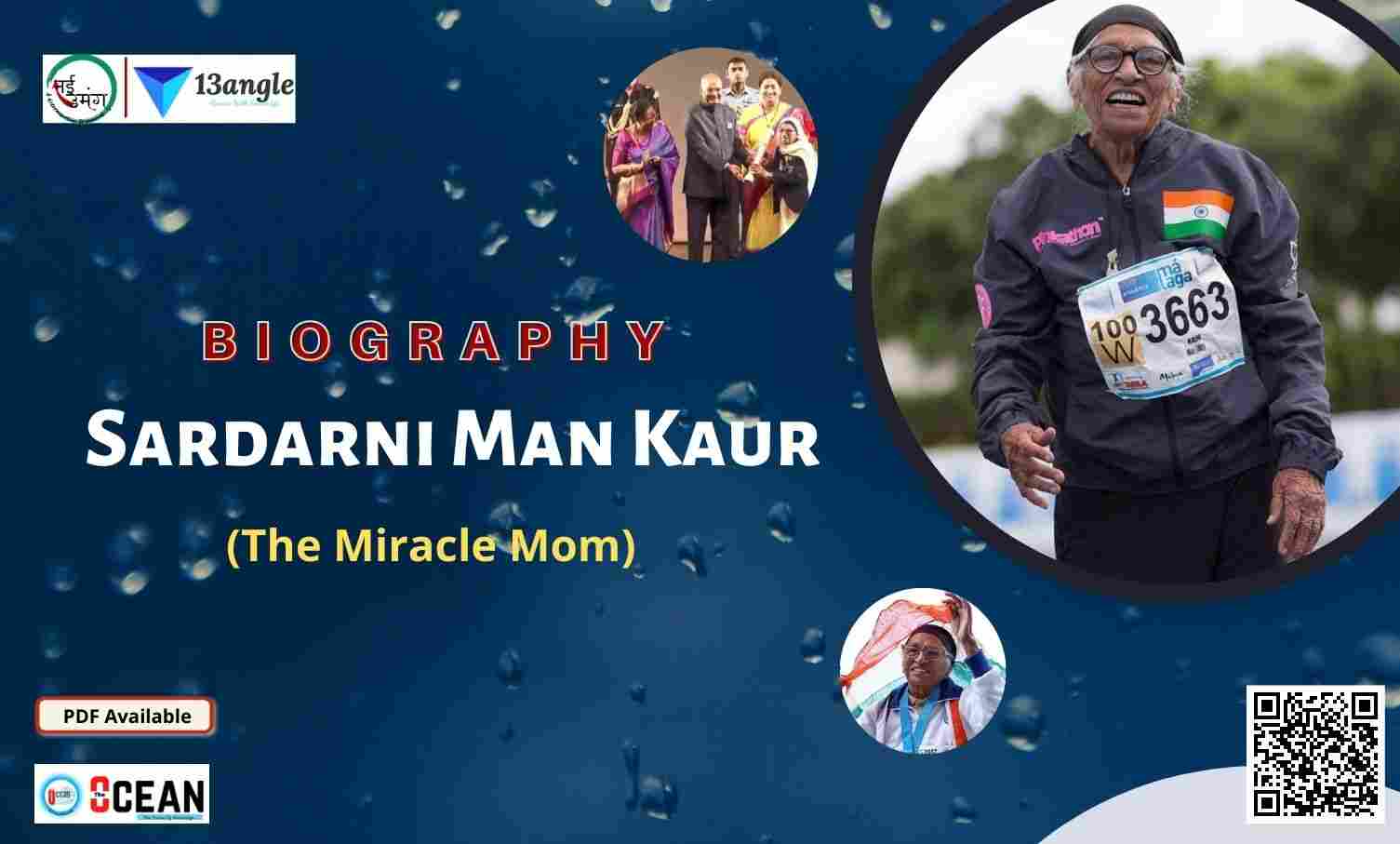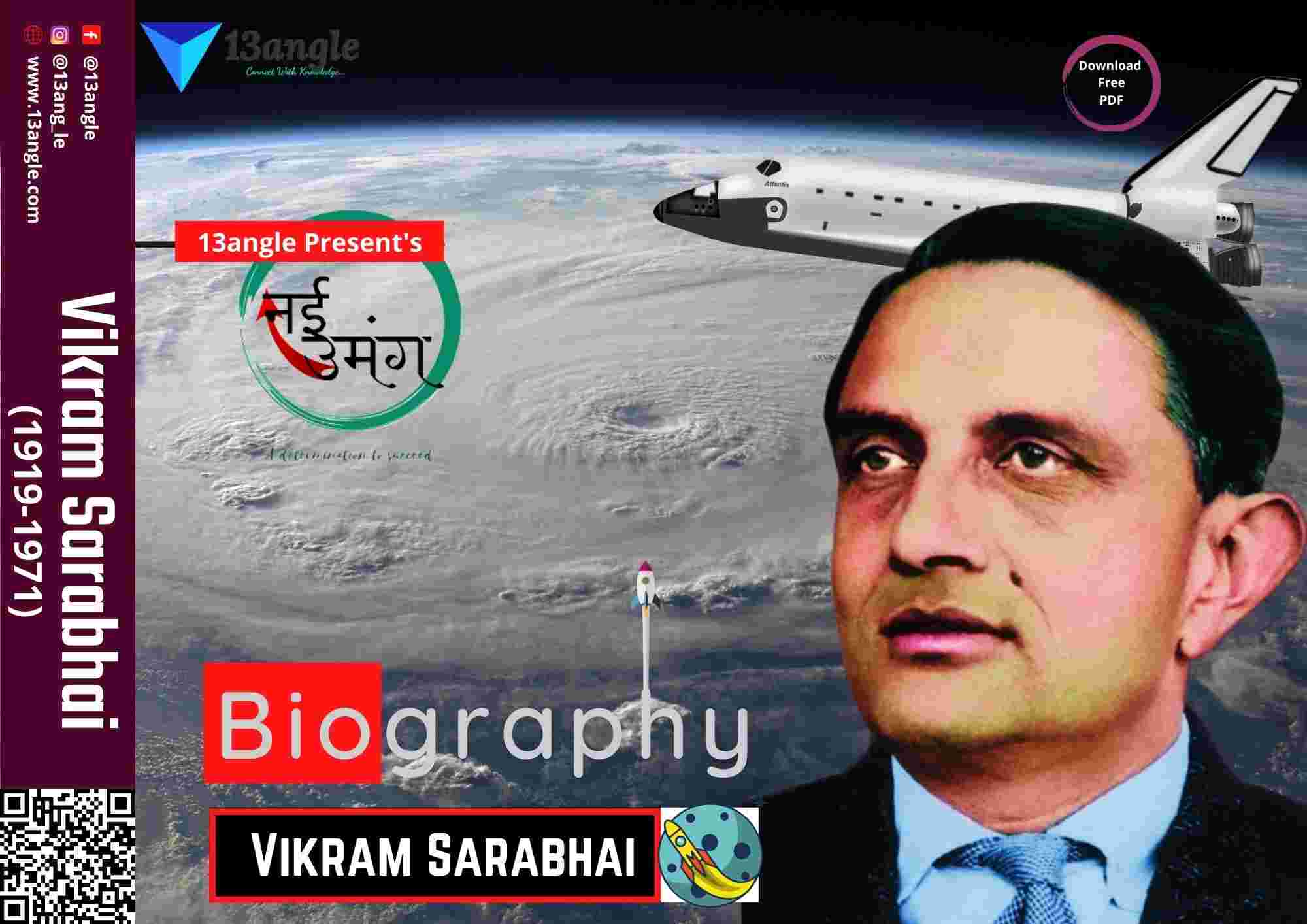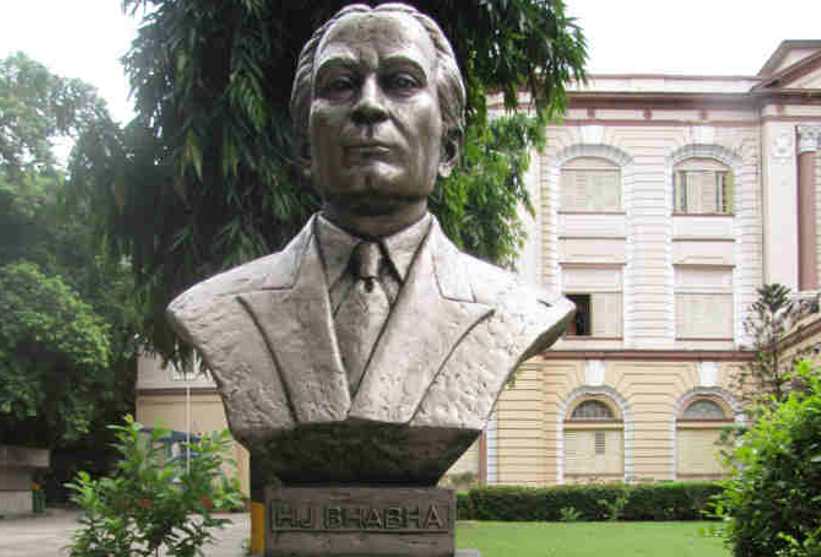
“My success will not depend on what A or B thinks of me. My success will be what I make of my work”. With this quote in a letter to his father, Dr. Homi J. Bhabha turned away from the mainstream trajectories and went on to spark a revolution in the fields of atomic energy and cosmic rays in India.
Introduction
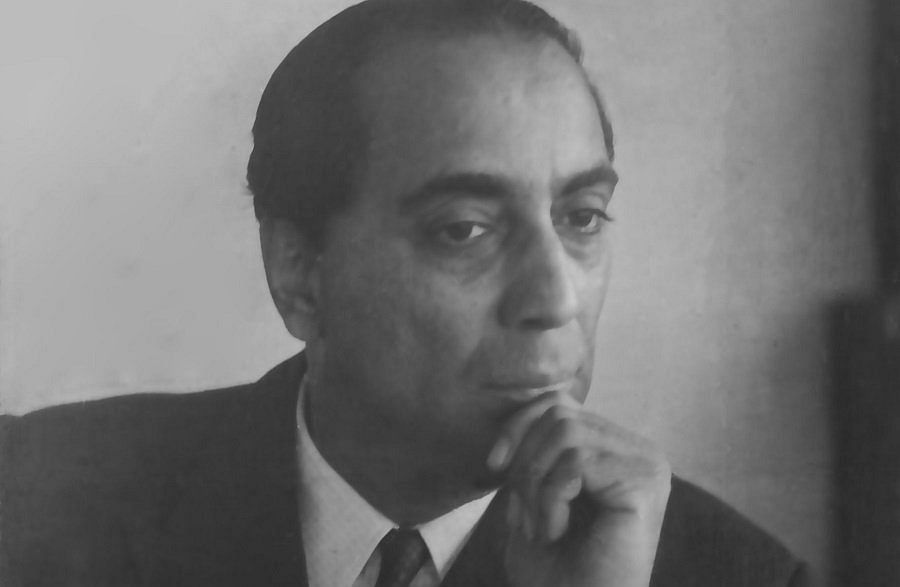
“A scientific institution, be it a laboratory or an academy, has to be grown with great care like a tree. Its growth in terms of quality and achievement can only be accelerated to a very limited extent”, said Homi Jehangir Bhabha.
With such ideas and a keen passion for physics, Homi J. Bhabha went on to become a distinguished nuclear physicist and breathed life into India’s nuclear energy sector which later earned him the title of ‘Father of the Indian nuclear program’. He made crucial contributions in the fields of Quantum theory and Cosmic radiation. With his remarkable disposition towards physics and phenomena surrounding changing energy patterns in society, he made a prediction at Geneva’s ‘first international conference on peaceful uses of Atomic energy’ towards the emergence of nuclear power as a pressing requirement for a solution to the world’s energy needs. Also, in another instance of him writing a letter to the then PM Jawaharlal Nehru in 1948, penning down his prediction of the significance of atomic energy while he was keen on researching it in India, established his image as a visionary that India crucially needed back then.
To facilitate his research into the nuclear program, Bhabha had established two big research institutions namely, the Tata Institute of Fundamental Research (TIFR), and the Atomic Energy Establishment of Trombay (AEET), which was later renamed as, the Bhabha Atomic Research Centre (BARC) to honor Homi J. Bhabha posthumously.
Homi was instrumental in framing a smooth strategy for India’s nuclear program. He initiated the use of thorium to extract uranium from it instead of relying on the scanty reserves of uranium in India. He successfully launched India’s three-staged nuclear power program. He won the prestigious Padma Bhushan in 1954 for his impressive offerings to nuclear science. In 1955, he was chaired as the president of The United Nations Conference on the Peaceful Uses of Atomic Energy in Geneva, Switzerland. Citing his phenomenal contributions to nuclear science, various institutes have been named behind his name, some of them are – The Bhabha Atomic Research Centre (BARC), the Homi Bhabha National Institute, the Homi Bhabha Centre of Science Education.
Apart from his genius in Physics in academics, he had a high interest in Nature and Music of both Western and Indian origin. Also he had great love for dancing and arts. He would practice his interests of painting and sketching too, whenever he would get time out of his hectic schedule. According to S.D Vaidya who was in charge of the parks and gardens at TIFR and AEET, Bhabha wanted his gardens to reinvigorate the spirits of those working inside his buildings.
Family And Initial Years Of Life
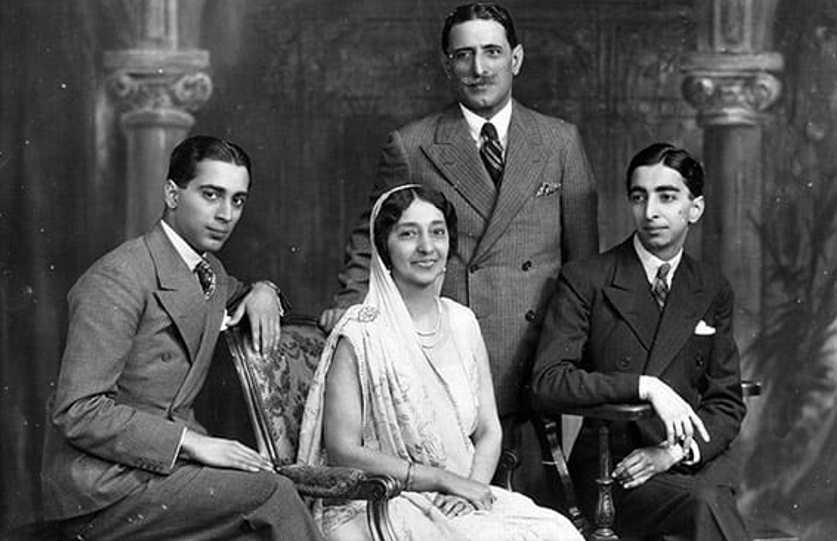
Homi J. Bhabha was born in an affluent Parsi family in Bombay on October 30, 1909, to Jehangir and Meheren Bhabha. He was one of two sons in his family. His father, JehangirBhabha was a well-known lawyer of his time, and his mother, Meheren Bhabha was the granddaughter of famous philanthropist Sir Dinshaw Petit. His grandfather, Dr.Hormusji Bhabha, was the Inspector General of Education of the State of Mysore. Homi’s paternal aunt Meherbai Bhabha was married off with Dorabji Tata, the elder son of Tata company’s legend Jamsetji Nusserwanji Tata. Belonging to an aristocratic family, Homi was constantly surrounded by elite cultural pursuits of that time like painting, writing, dancing.
Homi went to Cathedral and John Connon School, then joined Elphinstone College in Bombay. He went on to attend the Royal Institute of Science in Bombay. Afterward, on Dr.Jehangir and Dorabji’s wishes he left for England to pursue Mechanical Engineering at Cambridge University but with his sudden realization of his inclination towards Physics he changed his plans and decided to pursue his love for Theoretical Physics and Mathematics. Hence to convince his father for the same, he wrote two letters to his father expressing his absolute interest in Physics and clear differences with work responsibilities such as handling a business.
In a letter to his father, Homi urged, “I seriously say to you that business or a job as an engineer is not the thing for me. It is totally foreign to my nature and radically opposed to my temperament and opinions. Physics is my line“.
Later on the terms of Homi’s first completion of his Mechanical Engineering with first class, his father agreed on him to pursue theoretical physics, mathematics. After achieving his Mechanical Engineering degree in 1930, Homi passed his Mathematics tripos again with first-class and bagged his doctorate degree from the University of Cambridge in 1934 in nuclear physics and was set to explore a world in that.
Education In Cambridge And Contributions During That
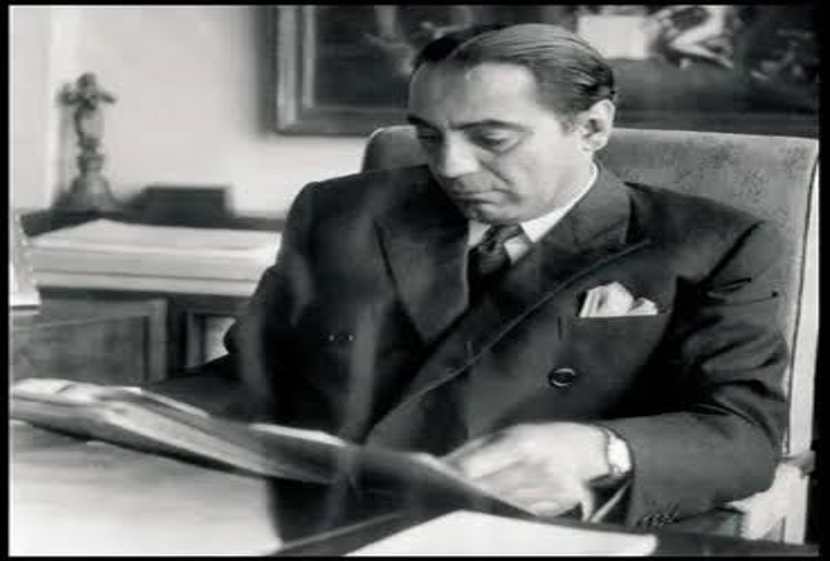
- As Homi Bhabha entered Cambridge, he was taught by Paul Adrien Maurice Dirac, his Mathematics professor who jointly won Nobel Prize in Physics with Erwin Schrodinger in 1933 for their work in Quantum theory. Homi later joined the Cavendish Laboratory, from where he got his Ph.D. in theoretical physics. During his stay in Cambridge, he managed to bag two studentships, one in Mathematics in the period of 1932-1934 another in Engineering during 1931-1932. He later ganged for his works with Wolfgang Pauli in Zurich and with Enrico Fermi in Rome. He went on to achieve the Isaac Newton Studentship for his first research paper in 1934, and in 1936, a senior Studentship of the Exhibition of 1851.
1. Bhabha's Valuable Contributions During His Cambridge Stay Are
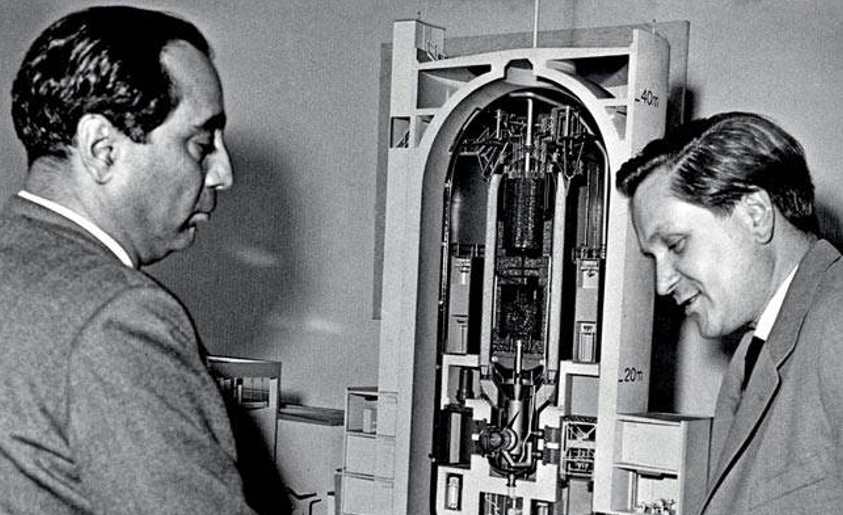
Explanation of Relativistic Exchange Scattering which was later termed as, ‘Bhabha Scattering’.
He speculated about the Yukawa particle related to which was his suggestion of the name ‘Meson’.
Prediction of relativistic time dilatation effects in the decay of the meson.
Theory of production of an electron and positron showers in cosmic rays which came to be known as, the ‘Bhabha-Heitler’ theory
2. He Was Also The 'first' In Achieving The Following
Proper quantum theoretic calculation of the process of electron-positron annihilation and creation.
Pointing out that cosmic rays, moving out at speeds close to that of light, are the best place to verify the conclusions of Einstein’s Special Theory of Relativity.
Return To India And His Thriving Bonds With Nehru
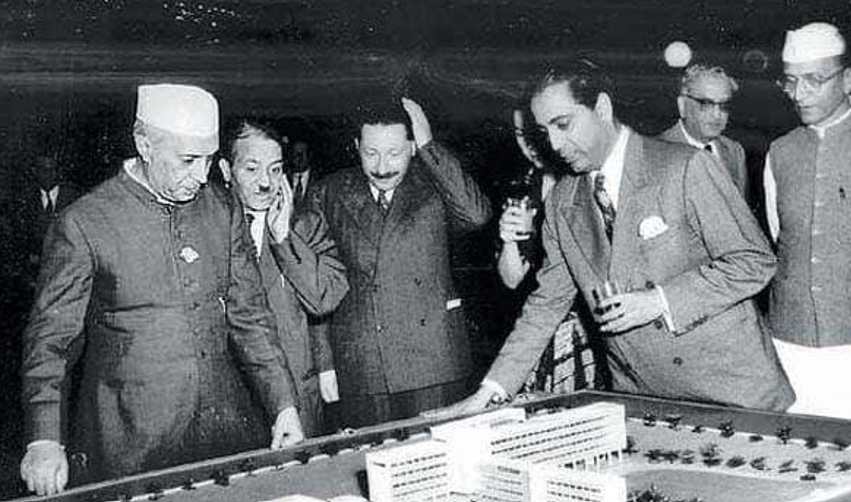
Homi left for India during his holidays in 1939 but got stuck due to the sudden outbreak of the Second World War, which made Homi opt for further course of his research and studies in India. He later joined the IISc at Bangalore where he was facilitated with a separate readership in theoretical science. He had the best guide in Prof. C.V. Raman, who appreciated him at lengths for his dedication towards physics. Homi stayed in Bangalore for the time period of 5 years and observed the complex setup for research in India. He figured out, there were no proper facilities available for researching different aspects of Physics. Which prompted him to take himself to J.R.D Tata to address the issue, and further suggested by J.R.D to move to Dorabji Tata with his issue. Homi went on with writing a letter to Dorabji Tata Trust, addressing the urgent need for an institute to facilitate research works given how insufficient and temporary the research tools were in India at that time. Also, he made a count of the need for research into nuclear physics. After which, his request was soon accepted and he got a total grant of around 1,30,000 rupees.
Later a new Institute named ‘The Tata Institute of Fundamental Research’ (TIFR) was allocated for the research purposes with sufficient equipment. Dr.Homi was appointed as Director of that institute, which was later shifted to Bombay. This Institute thrived much as more and more people involved themselves in that as time rolled. The first research areas which were taken upon were, theoretical physics, experimental work in cosmic rays, high energy physics and mathematics.
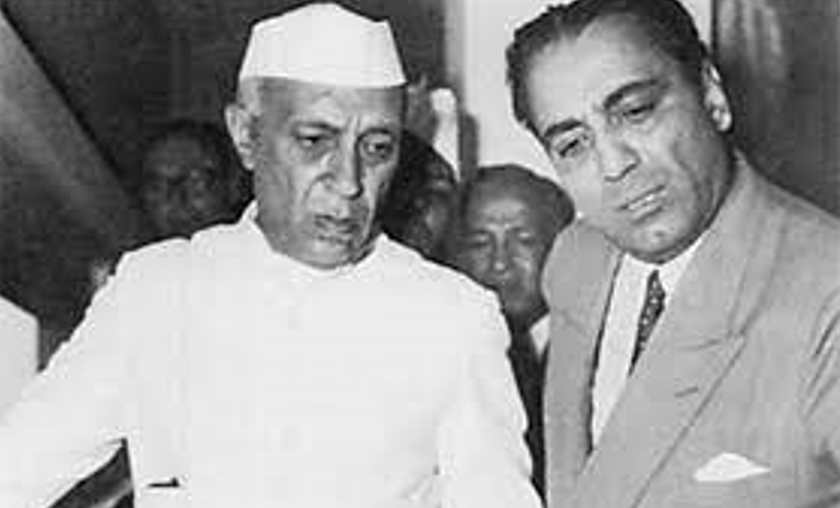
Keeping in mind Bhabha’s point regarding research into nuclear physics, the Atomic Research Committee appointed by the CSIR recommended that TIFR should be made the central platform for all large-scale research activities in the field of nuclear physics in India. After which, Homi penned down a note titled, “Organization of Atomic Research in India” addressing Prime Minister Nehru in 1948. In which he proposed the creation of an Atomic Energy Commission. His proposal was accepted and soon government passed legislation creating the Atomic Energy Commission. The First Commission was headed by HomiBhabha with S.S Bhatnagar and K.S. Krishnan.
Bhabha’s popularity touched people from all spheres and Jawaharlal Nehru too couldn’t be left untouched by that. Bhabha well understood that the Atomic Energy Commission, wouldn’t be enough to fulfill his Atomic Energy ambitions so in 1954, Bhabha proposed to Nehru about the establishment of a separate department of Atomic Energy to facilitate all requirements for the nation’s Atomic Energy Program. The department for the same was initialized the same year, in Bombay functioning straight under commands of Jawaharlal Nehru. The new department of Atomic Energy Establishment in Trombay, Bombay (AEET) was then dedicated to Jawaharlal Nehru in 1957.
Speech At Geneva On Peaceful Uses Of Atomic Energy
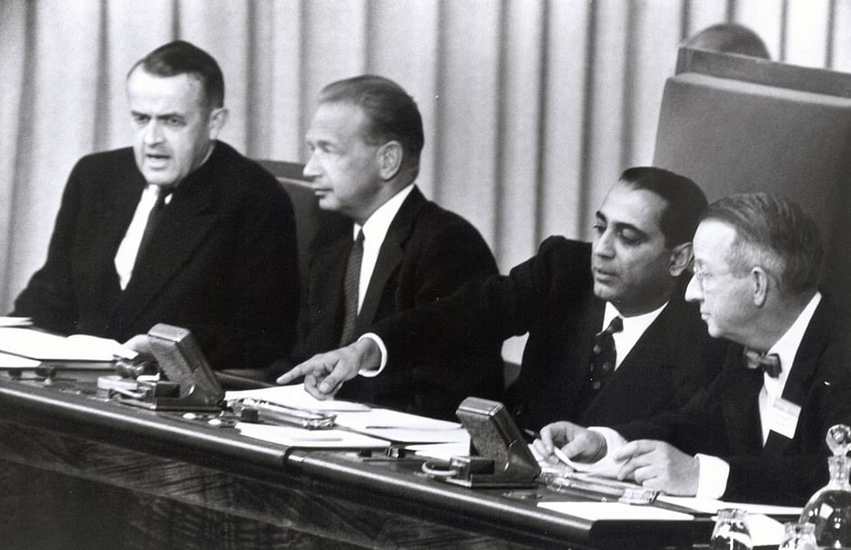
Homi Bhabha represented India at the first international conference of peaceful uses of Atomic Energy, which was held in Geneva in 1955. Also, he was proposed as chairman of this first conference. This conference was brought in place by the decision of the United Nations, which was powered by President Eisenhower’s initiative in 1954. In his famous Presidential speech, Bhabha stated,
“In a broad view of human history, it is possible to discern three great epochs. The first is marked by the emergence of the early civilizations in the valleys of the Euphrates, the Indus, and the Nile; the second by the industrial revolution, leading to the civilization in which we live; and the third by the discovery of atomic energy and the dawn of the atomic age, which we are just entering. Each epoch marks a change in the energy pattern of society”
“Those who have the good fortune to participate in this Conference are privileged to be in the vanguard of the march of the history… I hope this conference will play its part in helping the progress of mankind towards the ever-widening dawn of the atomic age, with the promise of life, fuller and happier than anything we can visualize today”
He clearly predicted the event of nuclear power emerged as a one-stop solution to the world’s energy needs.
Absolute Passion For Nature
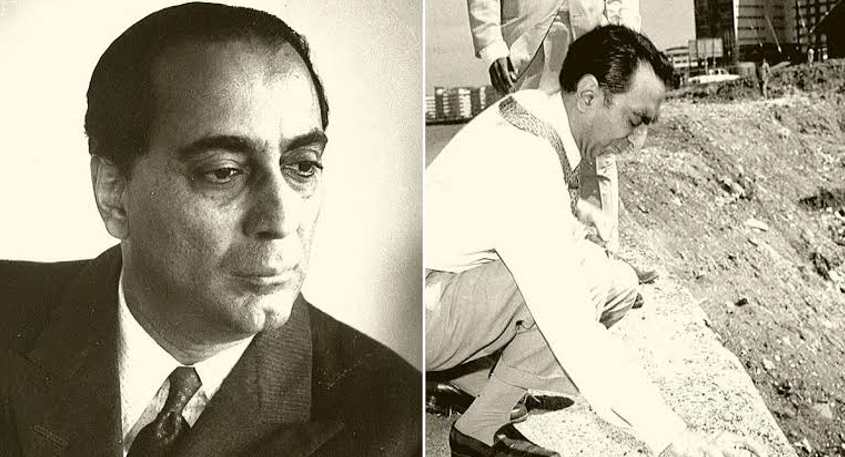
- Apart from his genius in Science, Bhabha was much admired for his passion for the nature. The trees, gardens would attract him the most and he would attach a lot of his emotions to them. He believed in the powers of his gardens to reinvigorate the souls of those working in his buildings. He would lay special emphasis on the landscape around his buildings and took significant care of the landscape of Trombay as well. S.D. Vaidya (who was in charge of parks and gardens in TIFR and AEET) informed others of Bhabha’s immense love for his gardens and his belief in liveliness of his parks and gardens and their powers of filling our souls with strong energies.
Awards And Recognitions
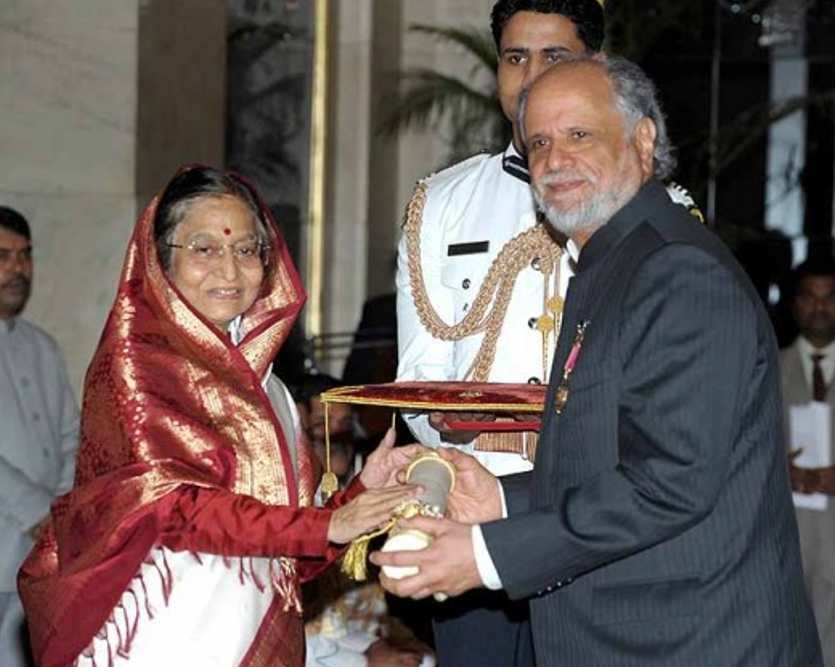
He was made a Fellow of the Royal Society of London in 1941.
Won Adams Prize, Cambridge for a thesis on “The theory of the elementary physical particles and their interactions” in 1942.
Won Hopkins prize of the Cambridge Philosophical Society in 1948.
Won the prestigious ‘Padma Bhushan’ in 1954.
Was made president of the First International Conference on Peaceful Uses of Atomic Energy, conducted under UN in 1955.
Bagged Honorary fellowship of the Gonville and Caius College (1957), Royal Society of Edinburgh (1957), American Academy of Arts and Sciences (1959), National Academy of Sciences of the United-states (1963).
Bagged Honorary Doctoral degrees in science in Patna, Lucknow, Banaras, Agra, Perth, Allahabad, Cambridge, London, Padova.
Was made president of the International Union of Pure and Applied Physics from 1960-1963.
Won Melhett Medal of the Fuel Institute in 1964.
Tragic End To His Illustrious Life
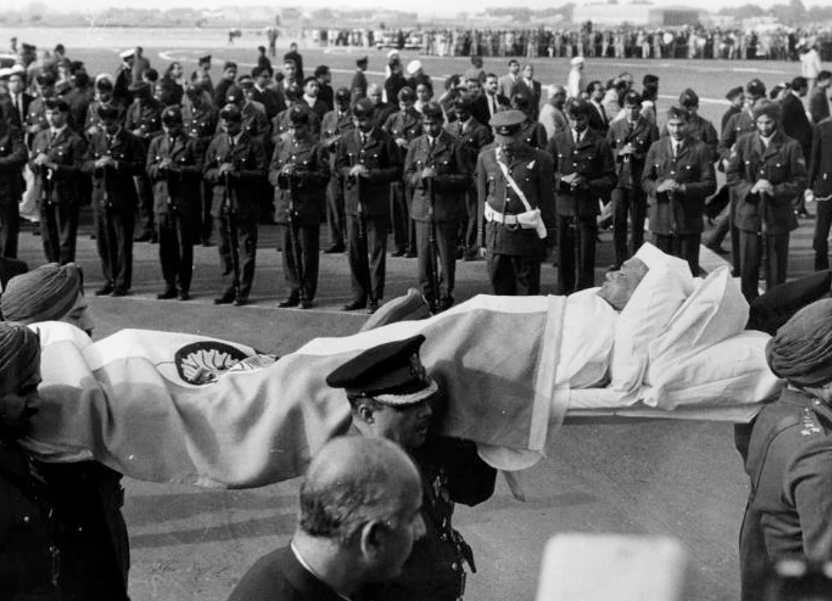
- On one unfortunate day in 1966, when Bhabha was flying in Air India Flight 101 to attend a conference in Vienna, his flight crashed into Mont Blanc in the Alps, killing all 117 passengers on board including Bhabha himself. Although this accident was officially claimed to be the product of miscommunication between the aircraft and the Geneva airport, it couldn’t escape high controversies and questions on it being an ‘accident’ and not some sharp conspiracy by some giant nation to paralyze India’s progress, as the accident took place just after 3 months of Bhabha claiming in an interview to All India Radio about India’s good fate with earning a nuclear bomb on its name in next 18 months. Blames raised on America as a theory surfaced about America being insecure about the trend of other countries also gaining the space on nuclear capabilities, and India being the latest on the list, had to face the heat from America in the face of a bitter conspiracy which killed Homi Bhabha, who was the soul of the nuclear power in India.
Top 13 Interesting Facts About Homi J.bhabha
Homi J. Bhabha strongly advocated the use of atomic power for noble causes like alleviating poverty and was strictly against putting it to use for making weapons.
He was so much into his work commitments, he remained a bachelor all his life.
Homi has the credit of identifying and naming the Meson particle, which was a crucial mystery back in those times.
Among many rumors around his ‘accident’ on a flight crash, one stood as the CIA poisoned him as America was threatened by advancements of India in the Nuclear power sector.
Homi worked with the Nobel prize winner, Niels Bohr in Copenhagen and played a crucial role in the development of ‘Quantum Theory’.
Homi used to live in a giant colonial bungalow in Malabar hills, named ‘Mehrangir’ which was probably named after Homi’s mother ‘Meheran’.
He rejected a high post in the Indian cabinet but he served as a scientific advisor to Lal bahadur Shastri and Prime Minister Nehru.
Homi was drawn towards Theoretical physics while being influenced by this physicist in his college named, Paul Dirac.
He received his doctorate in nuclear physics in 1933 after the publication of his first scientific paper named, “The absorption of cosmic radiation”.
Apart from his hobbies of painting, dancing, listening to classical music, Homi was also into Botany.
He mysteriously died right after 14 days of the mysterious death of former Prime minister, Lal Bahadur Shastri in Tashkent.
He was the first to determine the cross-section of electron-positron scattering, which was later renamed as ‘Bhabha scattering’ to honor him posthumously.
He collaborated with German Physicist Walter Heitler to develop the ‘Cascade theory’ to better comprehend the cosmic radiations.
Some FAQs Or Also Ask Question
How did Homi J. Bhabha die?
The Indian Nuclear Program pioneer, Homi J Bhabha died a very tragic death in this Air India Flight 101 crash, which he was flying in, to attend a conference in Vienna in 1966.
What is Homi J Bhabha famous for?
Homi J. Bhabha had a much- privileged title of ‘Father of the Indian Nuclear Program’ on his name. He was a distinguished nuclear Physicist and he breathed life into India’s Nuclear Energy sector.
What did Homi J. Bhabha discover?
Home J. Bhabha had numerous discoveries on his names, such as, the Indian Nuclear Program, Cascade process of Cosmic radiations, Point particles, Bhabha Scattering, Theoretical prediction of Muon etc.
Was Homi J Bhabha married?
Yes, Homi J. Bhabha was married to Meherbai, daughter of Bhikaji Framji Pandey and granddaughter of the prominent philanthropist, Dinshaw Petit of Bombay.
Homi J Bhabha children?
There isn’t anything officially or otherwise available informing about Homi J. bhabha’s children.

